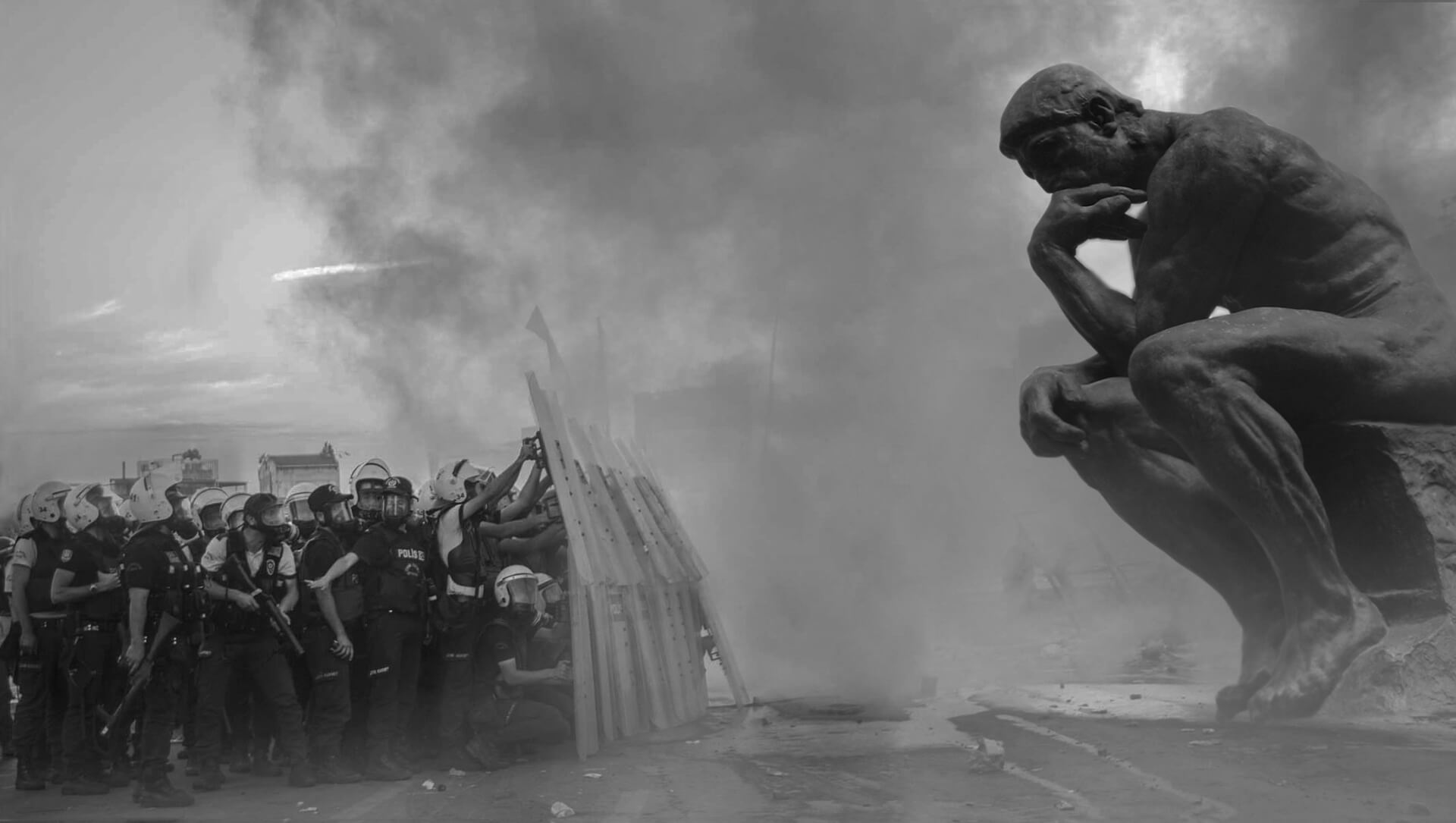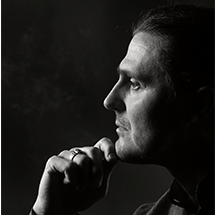Analytics is the product of the highest activity of a person — his mind, which obliges him to consistently perform three functional steps:
- understand — get an idea about the system of measures, or constants that he will use in the analysis of the problem;
- see — apply the chosen system of measures to the problem and evaluate what is not appropriate1 in it and what should be changed;
- express — using precise and clear language, describe the solution, draw conclusions and reflect them in the report.
Flip mechanism
So, we see the main problem in the lack of knowledge of exact measures that are based on the natural order of Nature. An analyst in a state of ignorance unconsciously reverses this order in the literal sense of the word. Instead of the higher function “understanding”, in his analysis he focuses on the function “expression”, while the higher function “understanding” becomes the lower one in the given range of measures.
Evil is Good inverted: all components are present, but in a different order. In our case, this means that the analyst begins his work not with “understanding” what measures he will use, but with the form of “expression” — even before he even “sees” or “understands" anything.
The first thing such an analyst starts with is to study the “expressions” of various authors on the topic under consideration, in other words, “analyzes the sources of information” and thus form his “own notion”. In fact, this is not about analysis, but about compilation (Latin compilatio — to plunder, rob) but not of a text, but of something more subtle, namely, understanding, vision and forms of expression of many different people, which hides from the analyst the fact of his robbery. After all, analysis requires not texts of different authors, but primary and unchanging measures with which one or another information can be compared in order to understand whether it is true or false. Without such measures, reading and thinking about the texts of other authors is not an analysis, contrary to the understanding of most modern analysts and scientists.
Multiple and wordy formulations from various sources, although do not bring clarity to the author of the future empty analytical report, nevertheless form in his mind a certain picture that seems to him to be his “vision”. At the end, in order to give his “expression” weight, or a scientific touch, the author decorates it with scientific formulations. This is how the texts of analytical reports or articles appear, which only at first glance seem reasonable, but in reality only immerse both authors themselves and readers in the hypnotic illusion of analytics.
Reversing the natural order of functions has the effect opposite to the due one. Instead of clarity, a report brings to the reader a haziness of mind, which he is trying to figure out, basically imagining something to himself, based on his own perception patterns and personal preferences. Instead of bringing Good — a clear understanding, vision and expression — such a text invokes Evil — in the mind of the reader it causes misunderstanding, blurs it and, at the end, causes doubts about one's own rationality. The greatest Evil is when such reports become a trend for the entire scientific community.
In fact, the authors of empty analytics are not engaged in “understanding”, confirmed by their “vision” and the corresponding “expressions” in the report, but in “expressing” a scientific “vision” with “understanding”, which the reader must substitute himself.
If all analytics is reduced only to its main function, then a report that brings “understanding” to its reader will be Good, and the one that brings “expression” will be Evil.
Now, if, while reading a report, we see scientific or trendy expressions, but do not understand anything, we can be sure that we have encountered Evil.
Solution
This article is also a product of a human mind, and therefore, following the first step of analytics — indicating understandable measures used to analyse the problem of “useless analytics”, — we completed the second step of the method proposed — we showed our vision of the problem’s nature. Now, as a third step, we must express the decision or practical conclusions in precise terms:
- Analytical work should bring people a clearly understood truth.
- The truth is ascertained by eternal and human measures, which should help people and enterprises solve their existential problems.
- The original natural order contained in our body can be such a universal measure.
- An analytical report built on the basis of universal human measures, as a result, must also show clear measures in the form of conclusions and decisions that subsequent authors can measure up to.
- Good in analytics is the observance of the natural order of higher human functions. Evil is a reversal of this order.
In accordance with the natural sequence of functional levels, a human being must build not only an analytical report, but also any other product of his mind, designed to give people clarity. Then, when using such a product, any individual will go through the natural way — he will understand the measures used, see the problems and, together with an author, come to the proper solution or conclusions. He will be grateful to the author clarifying the situation — for the Good that he brought with his report.
This article is not intended to humiliate or offend anyone, but is an attempt to correct the deplorable situation in analytics associated with a lack or even complete absence of a system of measures. The system of measures of the functional levels of the human body proposed by us may seem to someone too primitive to solve the complex issues raised by life. However, we effectively use this system in its short or expanded form, and it helps us diagnose and solve the most difficult problems. We are open to criticism, discussion of possible improvement of our approach to problem solving and exchange of experience.
1 “Appropriate” here means the consistent application of the natural principles of the functioning of the natural environment (in a particular case, of a human being) in relation to the problem at hand as a whole and its individual parts.
Image by IvanPais from Pixabay.com

What is the relationship between public and individual rights, and how, based on that, should one define and defend one's individual position?
